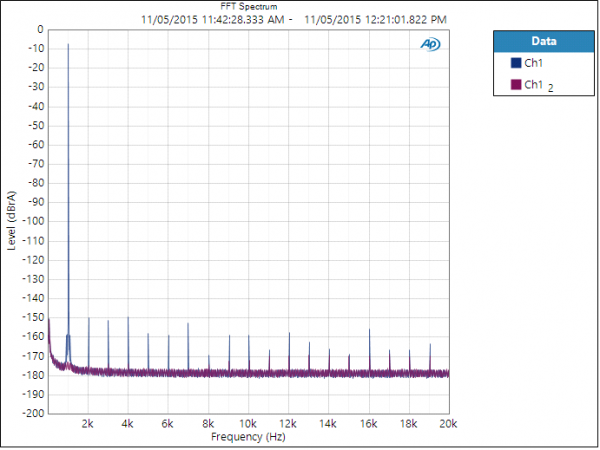John, the limits of human hearing have been tested and re-tested thousands of time over many, many years. I don't know what methodologies have been used other than the standard hearing tests I get when we go to an audiologist, but after all these years, i suspect the conditions and test methodologies are too many to mention. I understand that some people will question anything that disagrees with what want to believe, but what we're talking about here is not some relatively recent test, like the 30 years of Harman listening studies, that we can poke at with a blunt stick looking for flaws to help us rationalize our way to different conclusions. 20 - 20khz is the scientific community's long-held and rather broad, conservative, definition of the range of human hearing (most humans don't meet that standard). To say that acceptance of those limits is myopic is like saying belief in evolution is myopic. I mean we could have been left here by aliens; it could happen. That evolution stuff is just a theory, after all.
Worry over whatever you like. Go in search of imperceivable problems to wrestle with if it makes you happy. When it comes to audio reproduction, I don't intend to concern myself with the sounds of things humans can't hear. And that's not myopic, it's rational.
Tim
Here we see, in classic form, the difference between "objectivists" and "subjectivists". It comes down to what you mean by "conservative". Confining ourselves to test signals, you call the 20 kHz upper limit "conservative". By that you mean a number that includes the vast majority of humans. This is an conservative number based on the average human. However, it is not what I would call a "worse-case" number. A worst-case number would have to include "all" humans. Speaking from personal memory, 50 years ago I had no trouble hearing 21 kHz. I am sorry to say that today I am a normal human, in that I can barely hear test tones at 12 - 13 kHz.
The music I listen to does not consist of test tones. Somehow, I am able to distinguish the difference between the presence and absence of frequencies above 20 kHz in music. I can also tell how adjusting equalization in the range 15 kHz to 20 kHz affects the "air" in recordings, even though I am unable to hear single tones in this frequency range. This does not contradict any known laws, only theories based on linear approximations. Linear approximations are used because they simplify the mathematics, but the ear (and even the air itself) are not linear systems.
I'm sorry, but I have more than a little disdain for people who (a) do not understand this mathematics and (b) persist in repeating the same nonsense after having this explained to them. If they can't do the math, they should abstain from using mathematical arguments that they do not understand, because they will not understand the limitations of the arguments, specifically where they are inapplicable. A little knowledge is a dangerous thing. Not to know, but not to know that you don't know, can lead to difficulties.


